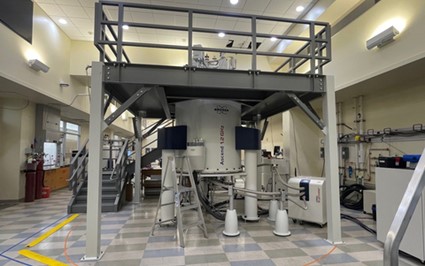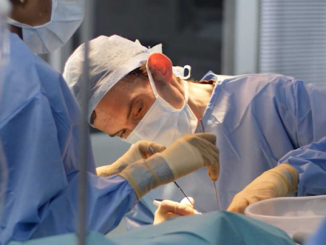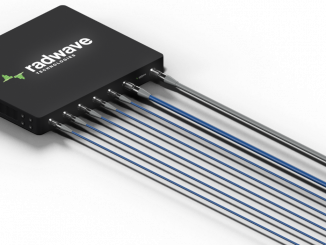
Novel gigahertz-class nuclear magnetic resonance systems are enabling unprecedented life science and materials research in functional structural biology, drug discovery, metabolomics and cleantech research. The National Gateway Ultrahigh Field NMR Center at The Ohio State University will be seeking further advancements in the field using a 1.2 GHz NMR recently installed which is the first of its type in the United States from Bruker and was aided by funding from the National Science Foundation. The project illustrates the growing importance worldwide of the powerful instruments.
The system can measure functional molecular dynamics and structural rearrangements for functional structural biology. Key areas of NMR applications include organic chemistry, macromolecular structure determination, drug-target binding, protein-protein or protein-RNA interactions – all at close to native conditions and in solution, or even in situ in cell membranes. NMR also has unique capabilities to elucidate ‘hidden’, short-lived protein transition states from healthy to disease biology, for example in active enzymes or in the onset of protein aggregation in neurodegenerative diseases. Many key proteins in cell biology such as transcription factors, or proteins implicated in cancer, infectious disease or neurodegeneration are intrinsically disordered, or partially disordered, and GHz-class NMR enables pivotal research of functional molecular disorder in many areas of pathobiology.
he U.S. National Science Foundation (NSF) played a crucial role in funding. Dr. Robert Fleischmann, who is the NSF program officer of the grant that funded the 1.2 GHz NMR instrument, considers the instrument an important advancement of the scientific infrastructure in the country: “Supported by one of the first awards made by NSF’s Directorate for Biological Sciences as part of the agency’s Midscale Research Infrastructure program, the 1.2 GHz NMR will fulfill a national need and enable U.S. researchers to be competitive in a global research environment and advance the U.S. bioeconomy. It’s a prime example of the type of infrastructure the program was designed to support – the critical tools and technology that fall between major research instrumentation and large facilities.”
The 1.2 GHz AVANCE NMR spectrometer enables high-resolution liquid and solid-state NMR experiments. It will be used by researchers at Ohio State and across the country to study advanced materials used in batteries, for example, and the structure and dynamics of biological molecules, with the goal of advancing the understanding of the underlying mechanisms of diseases such as cancer, cardiovascular disease, viral infections or Alzheimer’s disease.

“The installation of the 1.2 GHz NMR instrument gives us the capability to explore the structure and dynamics of biological molecules at an unprecedented level of detail. This breakthrough will enable significant advances in our understanding of how these molecules function, ultimately leading to the development of new treatments for diseases. We are excited about the possibilities that lie ahead and look forward to the discoveries that this new technology will facilitate,” said Dr. Rafael Bruschweiler, a professor of chemistry and biochemistry at The Ohio State University, and PI of the center. A leading expert in NMR, his cross-disciplinary research has been instrumental in the development of new techniques to understand the role of protein dynamics and interactions, as well as to analyze complex biological mixtures in metabolomics.
Dr. Falko Busse, president of Bruker BioSpin, described the installation as a milestone: “We are honored to work with The Ohio State University to bring this groundbreaking technology to the United States. GHz-class NMR represents a leap forward in the ability to study the structure and function of biological molecules. We look forward to the scientific impact that GHz-class NMR will have on cutting-edge life science and materials research at OSU and in the U.S.”
In Europe, eight 1.2 GHz NMRs are installed, with four more on order, while in Asia-Pacific the Korea Basic Science Institute (KBSI) has taken the lead with a 1.2 GHz on order, while Riken in Japan already has the first single-story 1.0 GHz NMR installed.
NSF has also funded two 1.1 GHz NMRs, with a solid-state research system recently installed at the University of Wisconsin-Madison, and a liquids research system on order for the Complex Carbohydrate Research Center at the University of Georgia. Together with the 1.1 GHz at St. Jude’s Children’s Research Hospital, these ultra-high field instruments can enable significant advancements in US scientific research.
With high interest recently also in compact, single-story 4 Kelvin 1.0 GHz NMRs, there are now nine 1.0 GHz systems installed at customer sites, with six in Europe, and one 1.0 GHz system each in Israel, Canada and Japan including earlier two-story 2 Kelvin magnets.
For more info, see www.osu.edu and www.bruker.com.



